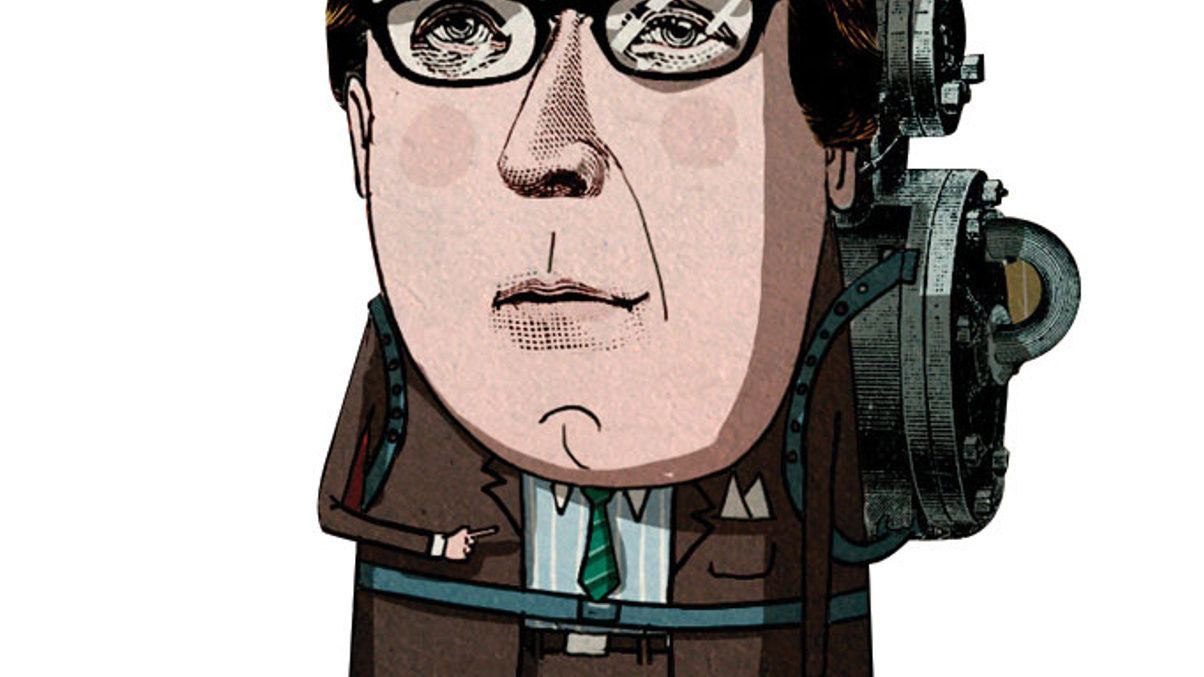Myth 9: property is the favoured alternative
Our annual survey of Asia’s largest investors reveals a stronger focus on infrastructure and private equity than on real estate, suggesting a maturing portfolio approach.

AsianInvestor’s annual survey of the largest institutional investors across Asia Pacific showcased strong appetite for exposure to global markets and alternative assets as well as an appreciation of active over passive investing.
Sign in to read on!
Registered users get 2 free articles in 30 days.
Subscribers have full unlimited access to AsianInvestor
Not signed up? New users get 2 free articles per month, plus a 7-day unlimited free trial.
¬ Haymarket Media Limited. All rights reserved.


